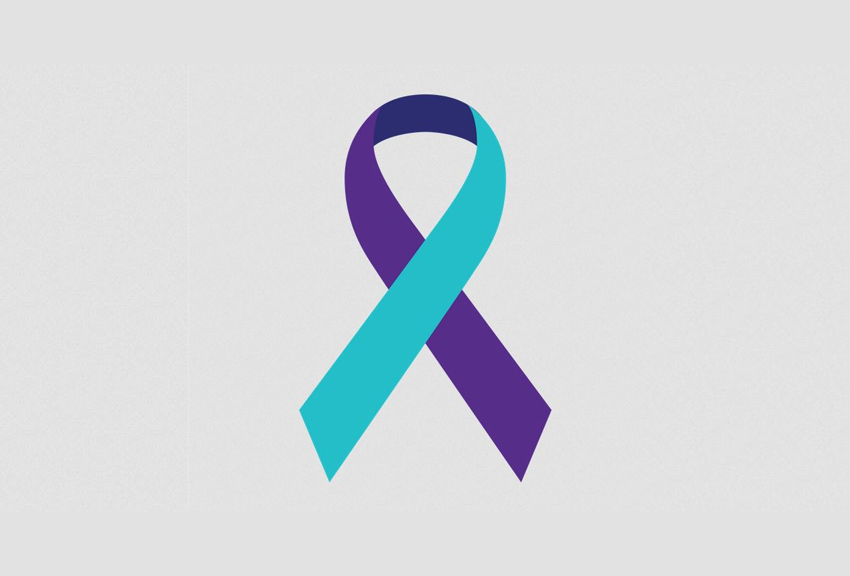By: Rob Funk, LMSW
Scope of the problem
Suicide has risen to a level of epidemic proportions in the United States. According to the American Foundation for Suicide Prevention (AFSP) suicide is the 10th leading cause of death in the United States, each year 44,965 Americans die by suicide. They also find that for every completed suicide in 2017, twenty-five attempts were made.
To break these statistics down into a more understandable analysis, the AFSP tells us the suicide rate is 13.42 per 100,000 individuals – so almost thirteen and a half percent. They say men die by suicide over three times more often than women. On average, there are 123 suicides per day; white males accounted for 7 of 10 suicides in 2016 and have the highest rate of suicide among all other identifiers in middle age.
According to the Centers for Disease Control, these numbers have continued to increase every year from 1999 through 2016 and every state has realized an increase in suicides except Nevada, having realized a one percent decrease across the measured period.
What to look for
According to nursingcrib.com, there are common signs to look for if you think someone is considering suicide. Among those signs are self-mutilation, unexplained decrease in daily functioning, isolation, and withdrawal, decreased social interaction, channeling anger and hostility towards self, inability to discuss the future, previous suicide attempts, maladaptive levels of anxiety and non-verbal cues such as giving away possessions.
According to the Mayo Clinic and drugs.com, When someone says he or she is thinking about suicide or says things that sound like they are considering suicide, it can be very upsetting. You may not be sure what to do to help, whether you should take talk of suicide seriously, or if your intervention might make the situation worse. Taking action is always the best choice. Here’s what to do.
Start by asking questions
It is important to understand that asking about suicidal thoughts or feelings won’t push someone into doing something self-destructive. In fact, offering an opportunity to talk about feelings may reduce the risk of acting on suicidal feelings.
Be sensitive, but ask direct questions, such as:
- How are you coping with what’s been happening in your life?
- Do you ever feel like just giving up?
- Are you thinking about dying?
- Are you thinking about hurting yourself?
- Are you thinking about suicide?
- Have you ever thought about suicide before, or tried to harm yourself before?
- Have you thought about how or when you’d do it?
- Do you have access to weapons or things that can be used as weapons to harm yourself?
Look for warning signs
Look for the signs listed above and listen for statements such as “I’m going to kill myself,” “I wish I were dead” or “I wish I hadn’t been born.” Try to discover if the person has a plan to take their own life, such as buying a gun or stockpiling pills. Be on the lookout for mood swings, such as being emotionally high one day and deeply discouraged the next or being preoccupied with death, dying, or violence. Feeling trapped or hopeless about a situation is another sign to watch for.
Look for an increase in the use of alcohol or drugs. Try to find out if the person has feelings of hopelessness about their situation. Look for changes in normal routine, including eating or sleeping patterns. Again, as mentioned above, look for signs such as giving away belongings or getting affairs in order when there is no other logical explanation for doing this or saying goodbye to people as if they won’t be seen again.
What you can do
If someone has attempted suicide don’t leave the person alone. Call 911 or your local emergency number right away. Or, if you think you can do so safely, take the person to the nearest hospital emergency room yourself.
Try to find out if he or she is under the influence of alcohol or drugs or may have taken an overdose. Tell a family member or friend right away what’s going on.
***
If a friend or loved one talks or behaves in a way that makes you think he or she might attempt suicide, don’t try to handle the situation alone: get help from a trained professional as quickly as possible. The person may need to be hospitalized until the suicidal crisis has passed.
Encourage the person to call a suicide hotline number. Call the National Suicide Prevention Lifeline at 800-273-TALK (800-273-8255) to reach a trained counselor. Use that same number and press “1” to reach the Veterans Crisis Line.
References
American Foundation for Suicide Prevention. (n.d.). https://afsp.org/about-suicide/suicide-statistics/
Centers for Disease Control. (n.d.). period https://www.cdc.gov/media/releases/2018/p0607-suicide-prevention.html
Drugs.com. (n.d.). https://www.drugs.com/mca/suicide-what-to-do-when-someone-is-suicidal
nursingcrib.com. (n.d.). https://nursingcrib.com/

